
Before And After Betta Clamped Fins poeyfz7z5
Many cases of clamped fins are caused by a broken filtration system that prevents the tank from cleaning itself. Irregular water changes are also the main cause of poor water quality that makes your fish stressed. 2. Stress. Quite renowned among Betta hobbyists, stress can decrease the lifespan of Bettas.

Clamped Fins on Betta Fish (Symptoms, Causes & Treatments)
Clamped Fins Betta: Top Five Causes And Straightforward Solutions - Badman's Tropical Fish. Does your fish tank include clamped fins Betta fish? If yes, then going through our guide can help you treat your pet in no time!

Clamped Fins Betta Top Five Causes And Straightforward Solutions
Causes of Clamped Fins in Betta. Betta fish are known for their beautiful flowing fins, but sometimes their fins may appear clamped or tightly folded against their bodies. This can be concerning for betta owners, as it may indicate an underlying issue affecting the fish's health. Several factors can contribute to clamped fins in bettas.

8 Reasons Your Betta Has Clamped Fins (& What To Do) Betta Care Fish
Injury is something that can cause betta's fin clamp. Bettas, by nature, are very aggressive and territorial. Their long fins are always an easy target. Since they are poor swimmers due to the length of their fins, they can sometimes get stuck among ornaments or decorations in the tank. Other tank mates can attack them if they are fin nippers.
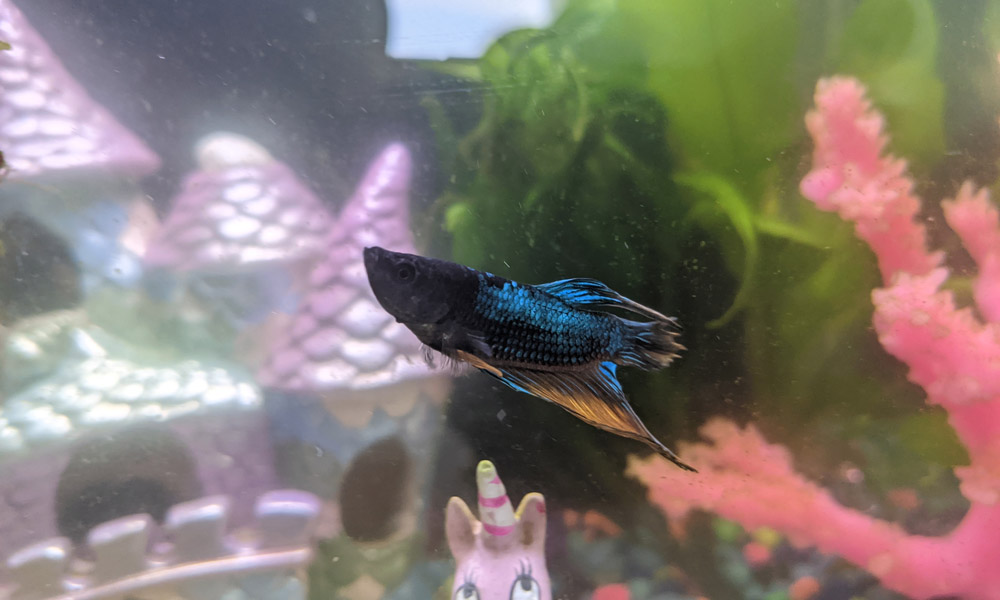
Clamped Fins in Bettas (Symptoms, Causes & Treatment)
Low Water Temperature. Another common cause of clamped fins in betta fish is water temperatures that are too low. Betta fish come from warm, tropical regions of southeast Asia and prefer water temperatures in the range of 78-81 Fahrenheit. Since they are cold-blooded animals, bettas need sufficient warmth in their environment to remain healthy.
Betta Clamped Fins After Water Change BETTAKUS
Apply 1x per week for 5 weeks. Alternatively, an aquarium salt bath is another effective remedy for several causes of clamped fins. Make sure to watch your betta both during and after the salt bath. If it shows signs of distress during the salt bath, immediately remove it and place it back in the original tank.

Clamped Fins in Your Betta Fish? Know the Symptoms and How to Treat It
Soft water, on the other hand, denotes a low mineral content and a lower pH level. When it comes to water change, bettas prefer a level that is between 5 and 20dH. It's better to stay in the middle of that range for the greatest results and to protect your fish. Your betta's fins may curl if the water hardness level starts to rise above 20dH.

Betta Clamped Fins, Resting On Bottom, Dulled Color My Aquarium Club
Causes & Treatments of Clamped Fins on Betta. Clamped fins on betta fish may be caused by one or more of the following: Ammonia Poisoning. Ammonia (NH3) is a highly toxic nitrogenous waste in a betta fish tank, which commonly occurs in a newly set up aquarium that doesn't have enough beneficial bacteria to remove the ammonia immediately.

Halfmoon Betta With A Clamped Fin??? Help My Aquarium Club
To cure fin rot, you can use a broad spectrum antibacterial. To use it, simply follow the instructions in the package insert to add the appropriate dose to the aquarium. Be sure to change the water (dechlorinated) every day, and add the correct dose of medication. While the betta is in the hospital aquarium, take the opportunity to improve the.

Halfmoon Betta With A Clamped Fin??? Help My Aquarium Club
Lack of Vitamin: Betta fish require a diet rich in vitamins and minerals to maintain healthy fins. A lack of these essential nutrients can lead to clamped fins. A diet lacking in vitamins and minerals can lead to poor fin health, including clamped fins.; One study published in the Journal of Aquatic Animal Health found that poor water quality was the most common cause of clamped fins in betta.
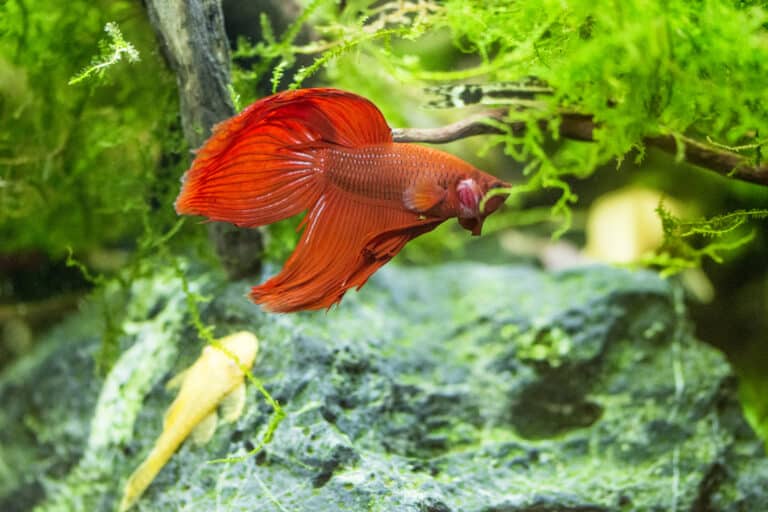
Clamped Fins in Betta Fish Causes and Treatments
Clamped fins in betta fish are a common sign of distress and illness. Betta fish, also known as Siamese fighting fish, are popular pets due to their bright colors and unique personalities. However, these fish are also prone to a variety of health problems, including clamped fins, which can be a symptom of a more serious underlying issue.

Halfmoon Betta With A Clamped Fin??? Help My Aquarium Club
Fin rot is a common complication that can occur as a result of fin clamping in betta fish. This condition is caused by bacteria, most commonly the Flexibacter columnaris or Aeromonas species. When a betta fish's fins are clamped for an extended period, it creates a favorable environment for these bacteria to thrive.
Betta Clamped Fins After Water Change BETTAKUS
2. Bullying. Stress is a common cause of clamped fins in fish, and bullying is a common cause of stress in fish. If your betta shares its tank with aggressive fish, move the betta to a different aquarium. Preferably, choose the larger one for the betta fish and the smaller tank for the attacker.
Betta Fish Fin Clamping poeyfz7z5
Clamped fins is not a condition in Betta fish, it's a result of the fish being stressed by something else that's wrong. If you fix the problem that's causing your fish to worry then they will relax their fins and swim more freely. If it's an issue with the temperature of the water, you can either adjust the heater or you can carry out a.

Halfmoon Betta With A Clamped Fin??? Help My Aquarium Club
Stress. Bettas are highly sensitive to stress, and a very common cause for a betta's clamped fins is that the fish is stressed out. There are many potential causes of stress. A new betta fish has endured being transported from his breeder's location via the shipping company to the pet store. From the pet store, your pet has been moved again.

Help My Betta Has Clamped Fins And Is Darting! My Aquarium Club
Poor Water Quality. One of the most common reasons is poor water quality. If you notice that your bettas fins are clamping, the first thing you should do is check the water parameters, specifically the ammonia, nitrite, nitrates, and pH level! pH - as close to 7 as possible, however, between 6.5 - 7 is also acceptable.